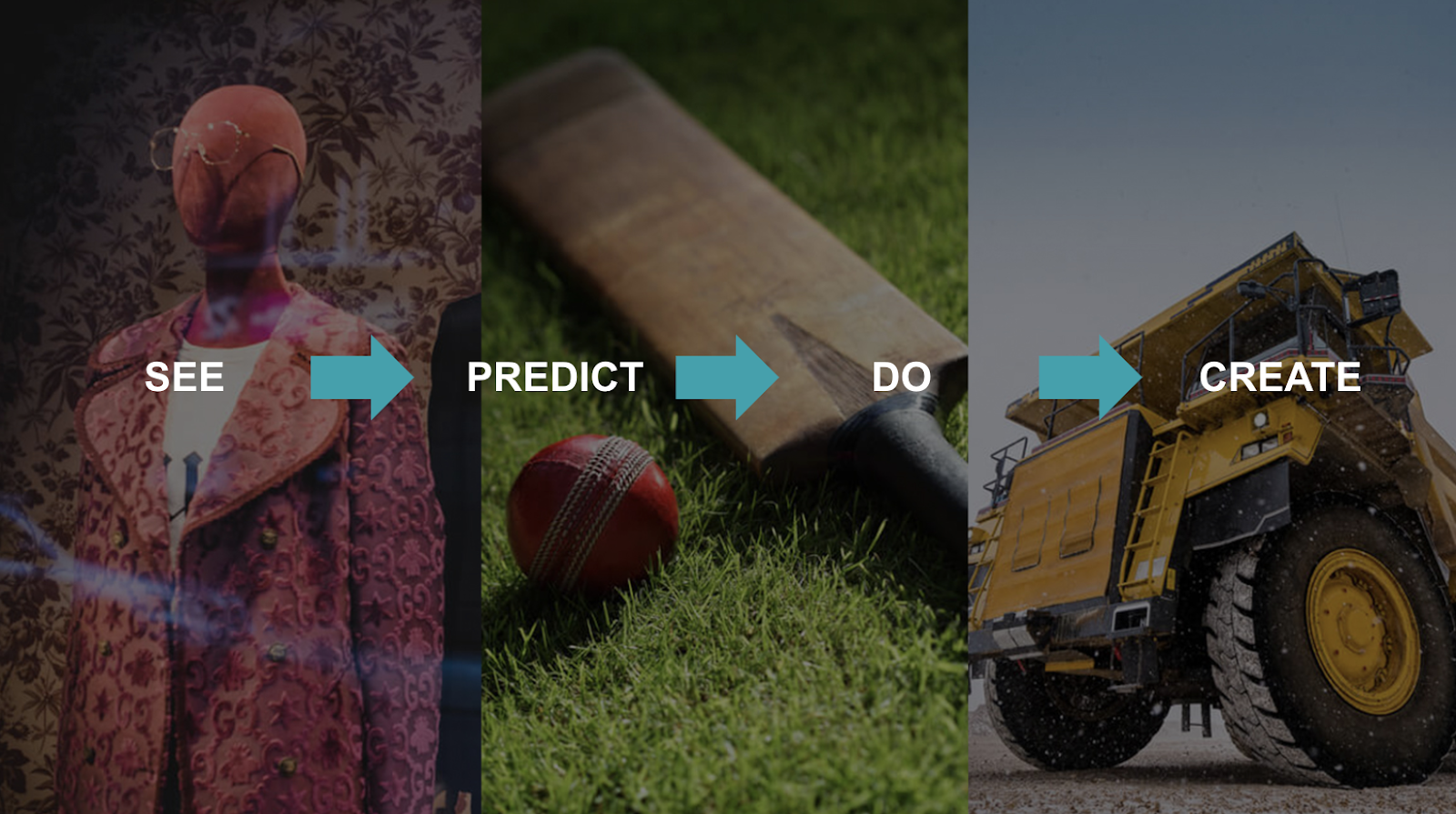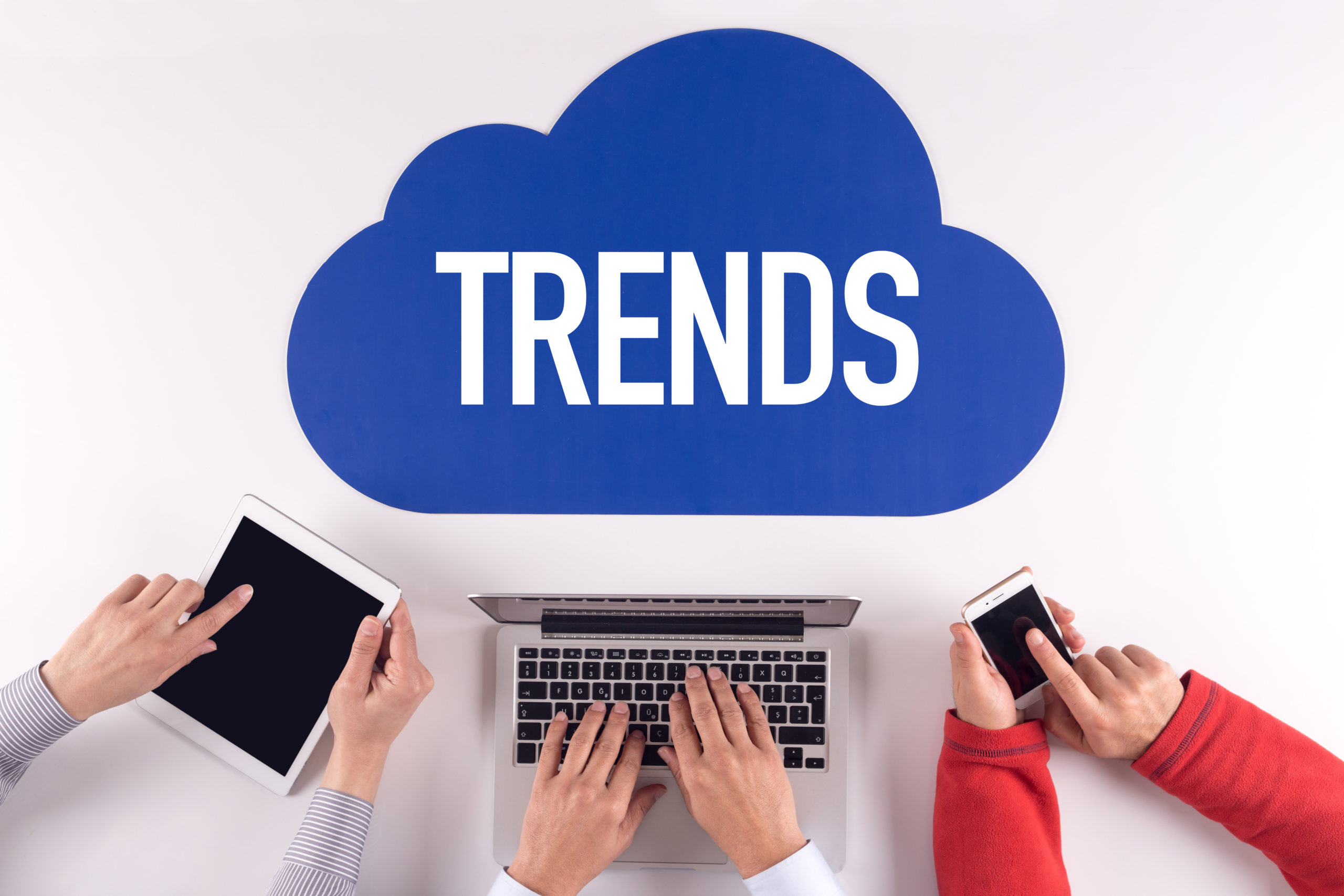Cloud Maturity: How cricket, fashion and mining organizations adopted cloud for data success

Lynda Partner, Pythian VP Marketing and Analytics, is presenting tales of cloud analytics success at the Big Data and Analytics Summit Canada in Toronto. It’s not often said that cricket batsmen, luxury fashion buyers, and mining engineers have much in common – at least professionally. But peel back the surface just a little and it becomes clear that, at least where data is concerned, their organizations have a lot more similarities than you might think. Because although their business goals may be incredibly varied, the current challenges and opportunities around data for virtually all industries and business verticals are almost identical.
Cloud analytics: Business drivers
There are hundreds – probably thousands – of specific reasons why organizations may want to move to cloud analytics. There are of course always outliers, but after completing more than 100 big data projects over the past four to five years, we’ve seen four general business drivers spurring organizations to move their data analytics to a cloud-based enterprise data platform :- Seeing: These organizations want analytical insights easily and interactively across all their data, and to be able to run analytics themselves without relying on someone else. This was the case for a major luxury fashion retailer, who used Google Cloud Platform (GCP) tools combined with Tableau to automate a 100-hour per month manual reporting process from multiple data sources.
- Predicting: Some organizations need to go beyond insights into the world of predictive analytics. England and Wales Cricket Board (ECB) used data from both internal sources and external sources like sports portals, players, partners, youth leagues, coaches and stadiums to predict which channels and engagement methods would be best for reaching new and existing audiences.
- Creating: These organizations have taken advantage of their modern enterprise data platform’s ability to combine and store multiple data types in a single place to create new products. ECB progressed from multi-source cloud analytics to improve fan engagement to using that data to create machine learning models and an AI roadmap to automate game video analysis for improved coaching, tactics, recruiting, and more.
- Doing: This means going beyond insights or model outcomes into delivering outcomes to other systems to be acted upon, usually automatically. Mining giant Teck did exactly this by building an ML application that allowed them to harness IoT data to predict failures before they happened. This enabled maintenance workers to get alerts in their systems that they could act upon. This is a good example of how machine learning can be embedded within a business’s day to day operations.
Share this
You May Also Like
These Related Stories
How free funds can help you go further with Google Cloud


How free funds can help you go further with Google Cloud
Oct 11, 2022
2
min read
The Top Ten Data, Cloud, & Analytic Trends CIOs & CTOs Can’t Ignore: Part 2


The Top Ten Data, Cloud, & Analytic Trends CIOs & CTOs Can’t Ignore: Part 2
Sep 1, 2022
5
min read
The Power of Three: How Pythian, Oracle, and Google Cloud’s Partnership Means Simpler Cloud Migrations


The Power of Three: How Pythian, Oracle, and Google Cloud’s Partnership Means Simpler Cloud Migrations
Nov 18, 2024
4
min read
No Comments Yet
Let us know what you think